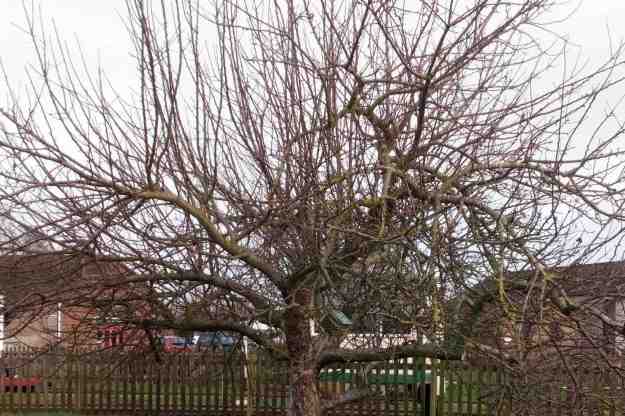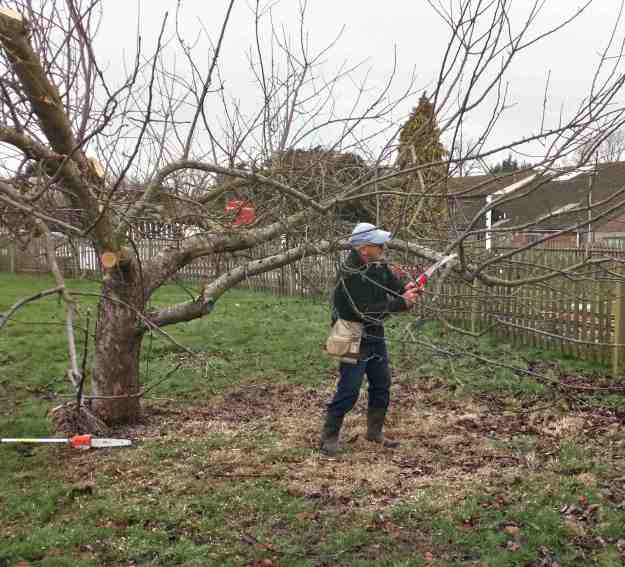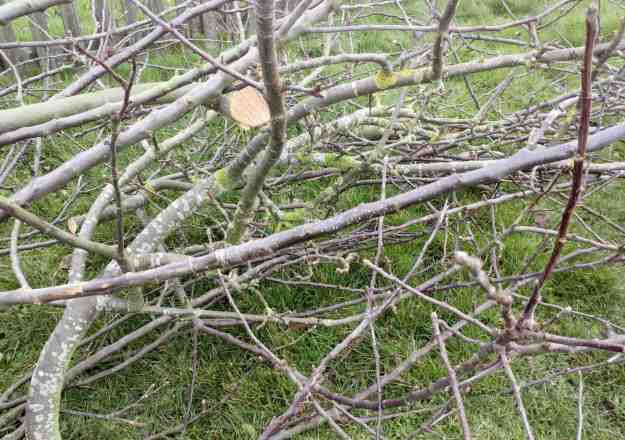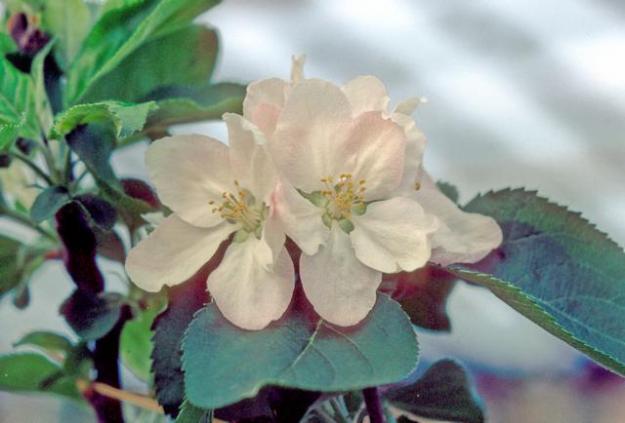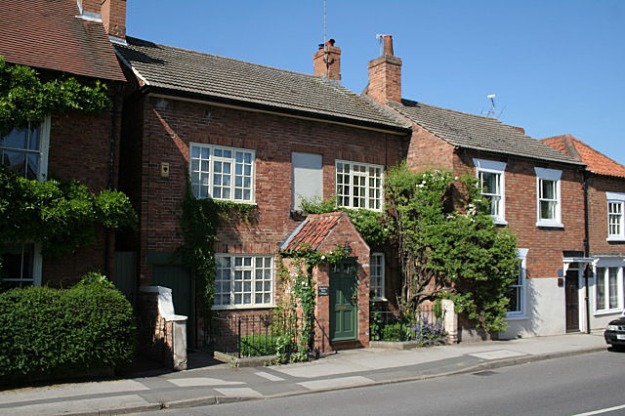
The Gardener from Little Jack of all Trades published by Darton & Harvey 1814 (all images via archive.org)
Stories about the real world and real lives were considered as interesting and exciting as pure fiction in children’s books of Georgian England. The trades were a popular subject – what people did and how things were made were described and illustrated with woodcuts, bringing these occupations to life for the young reader.
One such example is Little Jack of all Trades (1814) from Darton and Harvey, publishers of many children’s books from the later eighteenth century into the Victorian era. Author William Darton begins by likening workers in the various trades to bees in a hive, where everyone has their specific role to play within a larger inter-connected structure:
‘all are employed – all live cheerfully and whilst each individual works for the general good, the whole community works for him. The baker supplies the bricklayer, the gardener and the tailor with bread; and they, in return, provide him with shelter, food and raiment: thus, though each person is dependent on the other, all are independent.’
I was delighted to see that the book includes a profile of a gardener, who appears alongside other practical tradespeople such as the carpenter, blacksmith, cabinet maker, mason, bookbinder, printer and hatter (to cite but a few examples).
The gardener in the illustration is handing a large bouquet of flowers to a well-dressed woman – most probably the wife of his employer. Our gardener is a manager – his two assistants behind him are engaged in digging over the soil and watering a bed of plants, while we learn his specialist skills include grafting and pruning.
In the background a heated greenhouse extends the season for the production of fruits and other crops (smoke from the building’s stove is visible rising from the chimney on the right of the picture). All the tools of the gardeners’ trade remain familiar to us today:
‘the spade to dig with, the hoe to root out weeds, the dibble to make holes which receive the seed and plants, the rake to cover seeds with earth when sown, the pruning hook and watering pot.’
From a present day perspective, it’s interesting that Darton’s description of the gardener makes the connection between gardening and well-being:
‘Working in a garden is a delightful and healthy occupation; it strengthens the body, enlivens the spirits, and infuses into the mind a pleasing tranquillity, and sensations of happy independence.’
William Darton (1755 – 1819) was an engraver, stationer and printer in London and with partner Joseph Harvey (1764 – 1841) published books for children and religious tracts. His sons Samuel and William Darton were later active in the business. A full account of the evolution of the company with its various partners and offshoots is explained on the British Museum website – see link below.
Darton and Harvey’s books for children always contain plentiful illustrations and, while stylised, are packed with details of clothes, buildings and interiors, conveying a powerful sense of working life in the early 19th century.
Today in England the status of gardening as a skilled trade has been undermined and eroded – so it’s pleasing to see the gardener in this book taking his place alongside other trades as an equal partner. I’ve included below the text for the gardener’s profile and some images of other tradespeople from Little Jack of all Trades, together with a link to the book at archive.org. I hope you will take a look at your leisure.




Little Jack of all Trades published by Darton & Harvey 1814









Further reading:
Biography of the Darton family publishing house from The British Museum


